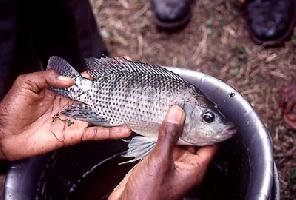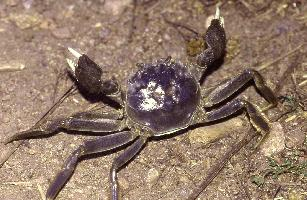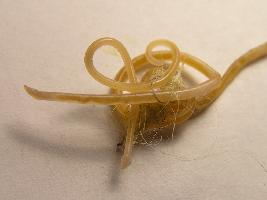
Popis zvířete
The Nile tilapia (Oreochromis niloticus) is a fascinating species of fish that has captured the interest of both aquaculturists and ecologists due to its unique characteristics and significant impact on various ecosystems and economies. Originating from the vast and diverse waterways of Africa and the Middle East, particularly the Nile River, from which it derives its name, the Nile tilapia has adapted to a wide range of environments, making it an incredibly resilient and versatile species.Physically, Nile tilapia exhibit a robust, laterally compressed body, with a deep blue to grayish coloration, often with a reddish or pinkish hue on the belly. They can reach up to 60 centimeters in length and weigh as much as 4 kilograms, although sizes around 35 centimeters and 1 to 2 kilograms are more common in the wild. The species is distinguished by its long dorsal fin, which is comprised of both spiny and soft rays, and a short rounded tail fin. Males and females can be differentiated by their coloration and size, with males often exhibiting brighter colors and larger sizes.
One of the most remarkable aspects of Nile tilapia is their reproductive behavior. They are mouthbrooders, with females carrying the fertilized eggs and, subsequently, the fry in their mouths to protect them from predators until they are ready to fend for themselves. This parental care increases the survival rate of the offspring, contributing to the species' prolific nature.
Nile tilapia are omnivores, with a diet that includes plankton, algae, small invertebrates, and detritus. This varied diet, combined with their ability to live in diverse water conditions – including various temperatures, salinities, and oxygen levels – has allowed Nile tilapia to thrive in environments ranging from freshwater rivers and lakes to brackish coastal waters. Their adaptability, however, also means they can become invasive species when introduced into new environments, outcompeting native fish for food and habitat.
Economically, Nile tilapia hold significant value. They are one of the most widely farmed fish globally due to their rapid growth, high reproductive rate, and tolerance to high stocking densities and varying water quality. These characteristics make them an ideal candidate for aquaculture, providing a crucial protein source for millions of people worldwide. Additionally, their ability to control algae makes them beneficial for integrated aquaculture systems, such as those that combine fish farming with plant cultivation.
Despite their benefits, the introduction of Nile tilapia into non-native habitats has raised ecological concerns. Their competitive nature can lead to the displacement of local fish species and alterations in aquatic ecosystems, highlighting the importance of responsible management practices in aquaculture and the introduction of species into new environments.
In summary, the Nile tilapia is a species of significant interest due to its adaptability, reproductive strategies, and economic value. While it offers numerous advantages in terms of food security and aquaculture, its potential impact on native ecosystems underscores the need for careful consideration in its management and use.
Podobná zvířata
Nové fotografie zvířat
Top 10 zvířat
- Chinese water dragon (Physignathus cocincinus)
- Galápagos tortoise (Geochelone nigra complex)
- Dolphin gull (Leucophaeus scoresbii)
- Japanese macaque (Macaca fuscata)
- Colombian red howler (Alouatta seniculus)
- Sea urchins (Echinoidea)
- Moustached guenon (Cercopithecus cephus)
- Diana monkey (Cercopithecus diana)
- Common reed warbler (Acrocephalus scirpaceus)
- Common house mosquito (Culex pipiens)


